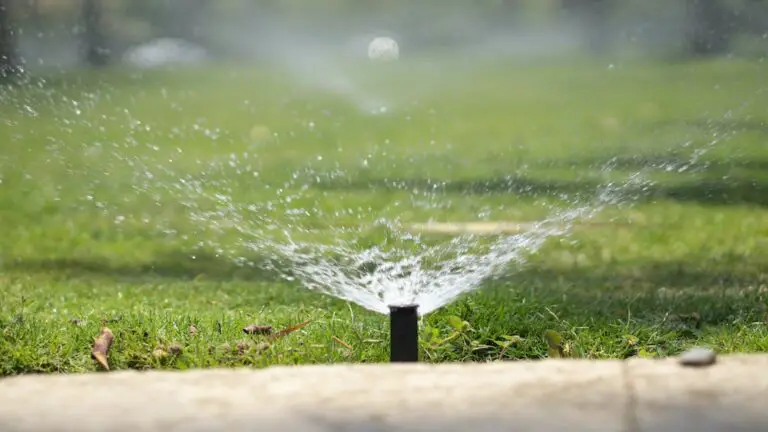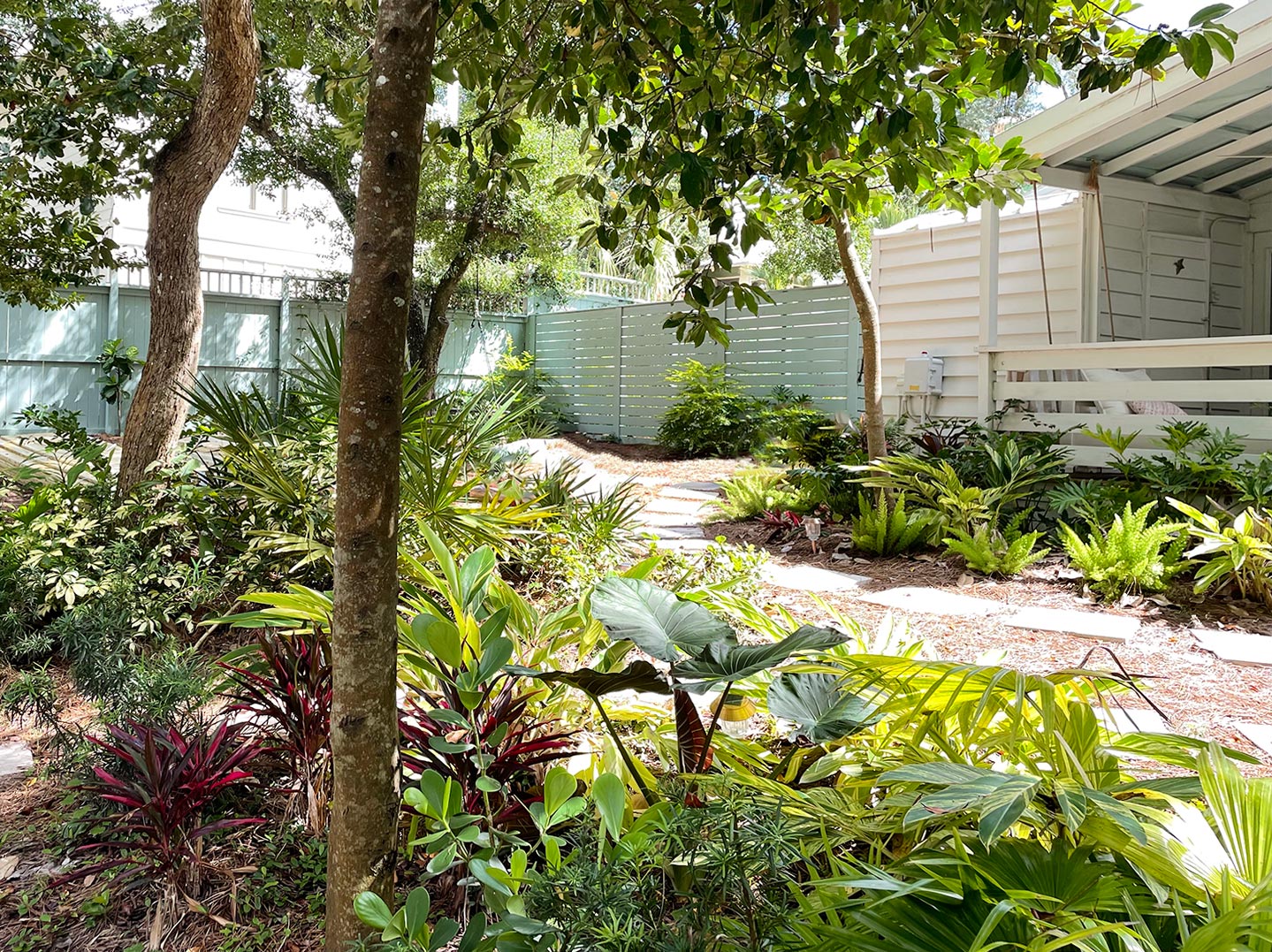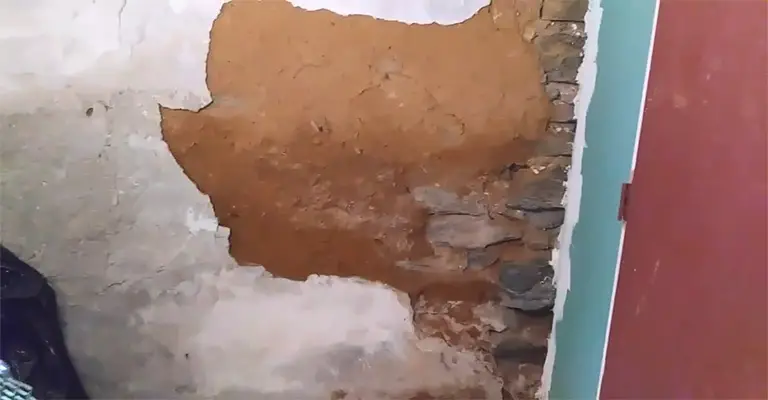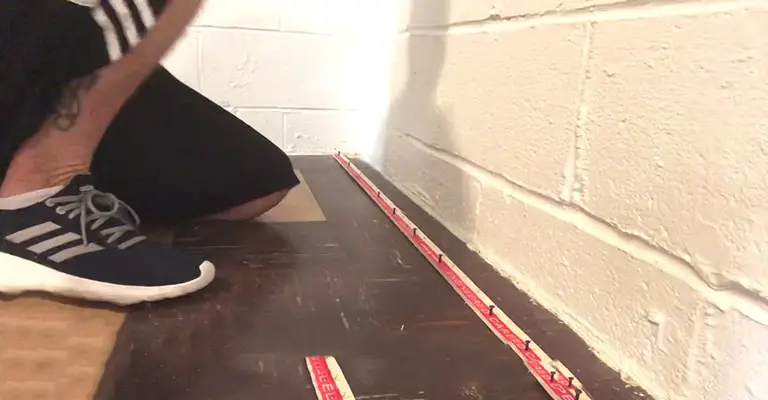Dry Well: Maximizing Water Efficiency and Sustainability
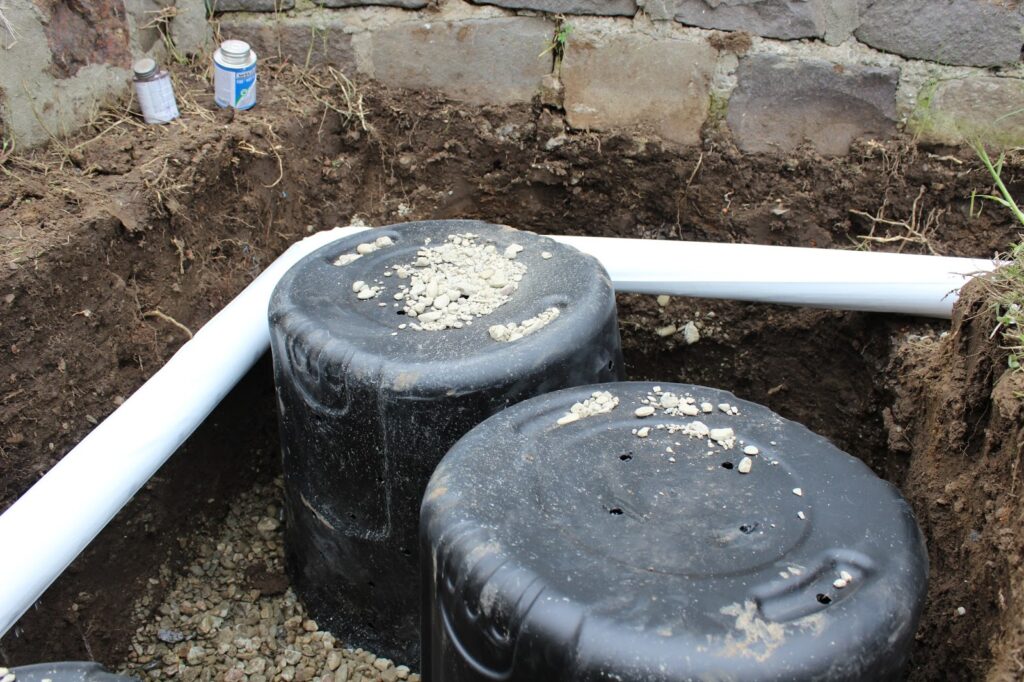
In the realm of effective water management and landscape drainage solutions, dry wells emerge as a pivotal component. This article delves into the intricacies of dry wells, offering valuable insights into their functionality, benefits, installation process, and maintenance. Homeowners and environmental enthusiasts alike will find this guide instrumental in understanding how dry wells contribute to efficient water management.
What is a Dry Well?
A dry well is an underground structure ingeniously designed to manage and dispose of excess water, particularly stormwater runoff, in residential and commercial areas. This system, which is often cylindrical in shape, is constructed from durable materials like concrete, plastic, or fiberglass, ensuring longevity and resilience against various environmental conditions.
The essence of a dry well lies in its ability to collect water that accumulates during heavy rainfall or snow melts and slowly disperse it into the surrounding soil, thereby preventing surface water accumulation and potential flooding. The design features perforations or small holes along its body, which facilitate the gradual seepage of water, effectively mimicking the natural process of groundwater recharge.
Key Benefits of Dry Wells
1. Flood Prevention
One of the most significant advantages of dry wells is their ability to prevent flooding. By effectively capturing and redirecting excess surface water, they mitigate the risk of water pooling in yards, gardens, and basements. This function is particularly vital in areas prone to heavy rainfall, where unchecked runoff can lead to extensive property damage and even compromise structural integrity.
2. Environmental Protection
Dry wells contribute positively to the environment. They help in reducing the amount of stormwater runoff that carries pollutants like oils, sediments, and chemicals into local waterways. By filtering water through the soil, dry wells enhance the quality of groundwater and protect the ecological balance of nearby streams, rivers, and lakes.
3. Water Conservation
In regions facing water scarcity, dry wells can be a boon. They replenish underground aquifers, ensuring a sustainable supply of groundwater. This process is crucial for maintaining the balance of local ecosystems and supporting agricultural activities.
4. Cost-Effectiveness and Property Value
Installing a dry well can be a cost-effective solution compared to other water management systems. It requires relatively minimal investment and maintenance, leading to long-term savings. Additionally, properties with efficient drainage systems, including dry wells, often see an increase in market value.
Installation Insights
The installation of a dry well requires careful planning and consideration of various factors:
1. Site Assessment and Planning
The first step in installing a dry well is a thorough site assessment. This involves analyzing soil type, property layout, and water flow patterns. The ideal location for a dry well is away from building foundations and septic tanks to avoid any potential damage or contamination.
2. Size and Capacity Considerations
The size and capacity of the dry well depend on the average rainfall in the area and the amount of runoff generated. It’s essential to design a system that can handle peak flow without overflowing.
3. Compliance with Local Codes
Before installation, it’s crucial to understand and comply with local building codes and regulations. This may involve obtaining necessary permits and ensuring that the design meets all safety and environmental standards.
Maintenance and Upkeep
Routine maintenance is essential to ensure the optimal functioning of a dry well:
1. Routine Inspections
Regular inspections are key to maintaining a dry well’s functionality. This includes checking for any signs of overflow, sediment build-up, or blockage. It’s also important to ensure that the area around the dry well is free from debris that could impede water flow.
2. Cleaning and Clearing
Over time, dry wells can accumulate sediments and debris, which can reduce their efficiency. Periodic cleaning is necessary to remove these accumulations. This may involve vacuuming out the sediment or using specialized cleaning equipment.
3. Professional Assessment
It’s advisable to have a professional assessment periodically. Experts can identify potential issues like structural damage or system inefficiencies and recommend appropriate remedial actions.
The Environmental Impact of Dry Wells
Understanding the environmental implications of dry wells is crucial. These systems, when implemented correctly, significantly reduce the impact of urban runoff on natural water bodies. By diverting stormwater, dry wells help in lowering the risk of pollutants reaching rivers, lakes, and oceans. This action is vital for preserving aquatic ecosystems and maintaining the quality of our water resources.
Integration with Other Water Management Systems
Dry wells can be part of a larger, integrated approach to water management. They are often used in conjunction with rain gardens, permeable pavements, and rain barrels. This synergy enhances the overall effectiveness of water management strategies, particularly in urban areas where space and resources are limited.
Customization and Aesthetic Appeal
A key advantage of dry wells is their ability to blend seamlessly into various landscapes. They can be covered with decorative elements like gravel, stones, or landscaping to enhance the aesthetic appeal of a property. This customization does not impede their functionality but instead adds value to the overall landscape design.
Cost-Benefit Analysis
While the initial investment in a dry well may be significant, the long-term benefits often outweigh the costs. By preventing property damage caused by flooding and contributing to a healthier ecosystem, dry wells offer substantial economic and environmental returns. Homeowners and community planners should consider these long-term benefits when evaluating the feasibility of installing a dry well.
Challenges and Solutions in Dry Well Implementation
While dry wells offer numerous benefits, they also come with certain challenges that need addressing. One of the primary concerns is the potential for clogging due to sediment and debris. To mitigate this, it is crucial to incorporate filters or screens and conduct regular inspections and cleaning. Another challenge is the variable soil conditions, which can affect the absorption rate. Conducting soil tests prior to installation can help in designing a dry well system that is compatible with the local soil characteristics.
Dry Wells in Urban Versus Rural Settings
The application of dry wells varies significantly between urban and rural environments. In urban areas, where impervious surfaces are abundant, dry wells play a critical role in managing runoff and preventing urban flooding. In rural settings, they are more focused on distributing water evenly and supporting agricultural practices. Understanding these contextual differences is essential for effective implementation.
Community Involvement and Awareness
Creating awareness about the benefits of dry wells and their role in sustainable water management is key to broader adoption. Community workshops, informational campaigns, and demonstration projects can help in educating the public and encouraging the use of dry wells. Local governments and environmental organizations play a pivotal role in fostering this awareness and facilitating community-based water management initiatives.
Regulatory Framework and Support
The installation of dry wells is often subject to local regulations and building codes. Navigating these requirements can be challenging for homeowners and builders. Advocacy for clearer guidelines and support from local authorities can simplify this process. Additionally, incentives such as tax rebates or subsidies for dry well installation can significantly boost their adoption.
Collaboration with Industry Experts
Engaging with professionals in the field of environmental engineering, landscape architecture, and water management is beneficial for those considering a dry well. These experts can provide valuable advice on design, installation, and maintenance, ensuring that the dry well system is effective and compliant with local regulations.
Future Trends in Dry Well Technology
As environmental concerns and water management challenges continue to grow, advancements in dry well technology are likely to emerge. Innovations may include improved materials for increased durability, enhanced designs for greater efficiency, and smart monitoring systems for better maintenance. Keeping abreast of these developments will be crucial for those invested in sustainable water management solutions.
Conclusion
It’s essential to emphasize the practical steps and considerations for homeowners and businesses. Before you start digging a dry well that’s several feet deep, remember to conduct a PERC test to evaluate soil absorption capabilities. This test is critical, especially if your property line is close to a parking lot or other impermeable surfaces where water drains less efficiently. Using a long-handled shovel, dig down to ground level, ensuring that the area is large enough to accommodate a PVC pipe and the drain line.
During heavy rain, this setup becomes vital as it channels excess water away from critical areas, preventing waterlogging and soil erosion. Ensure that the dry well is covered with landscape fabric to prevent sediment from clogging the system, maintaining its efficacy. For detailed instructions on installing and maintaining a dry well, it’s advisable to consult with your local government or a professional landscaper. They can provide guidelines tailored to your specific landscape and climate conditions.
The same principle applies whether you’re installing a small-scale system in your backyard or a larger one for a commercial space. The use of a PVC (or PV) pipe is a standard practice in dry well systems, ensuring a smooth and efficient flow of water away from structures and into the well. With the right planning and execution, a dry well can be an invaluable asset for effective water management, helping maintain the integrity of your property during periods of heavy rainfall.



